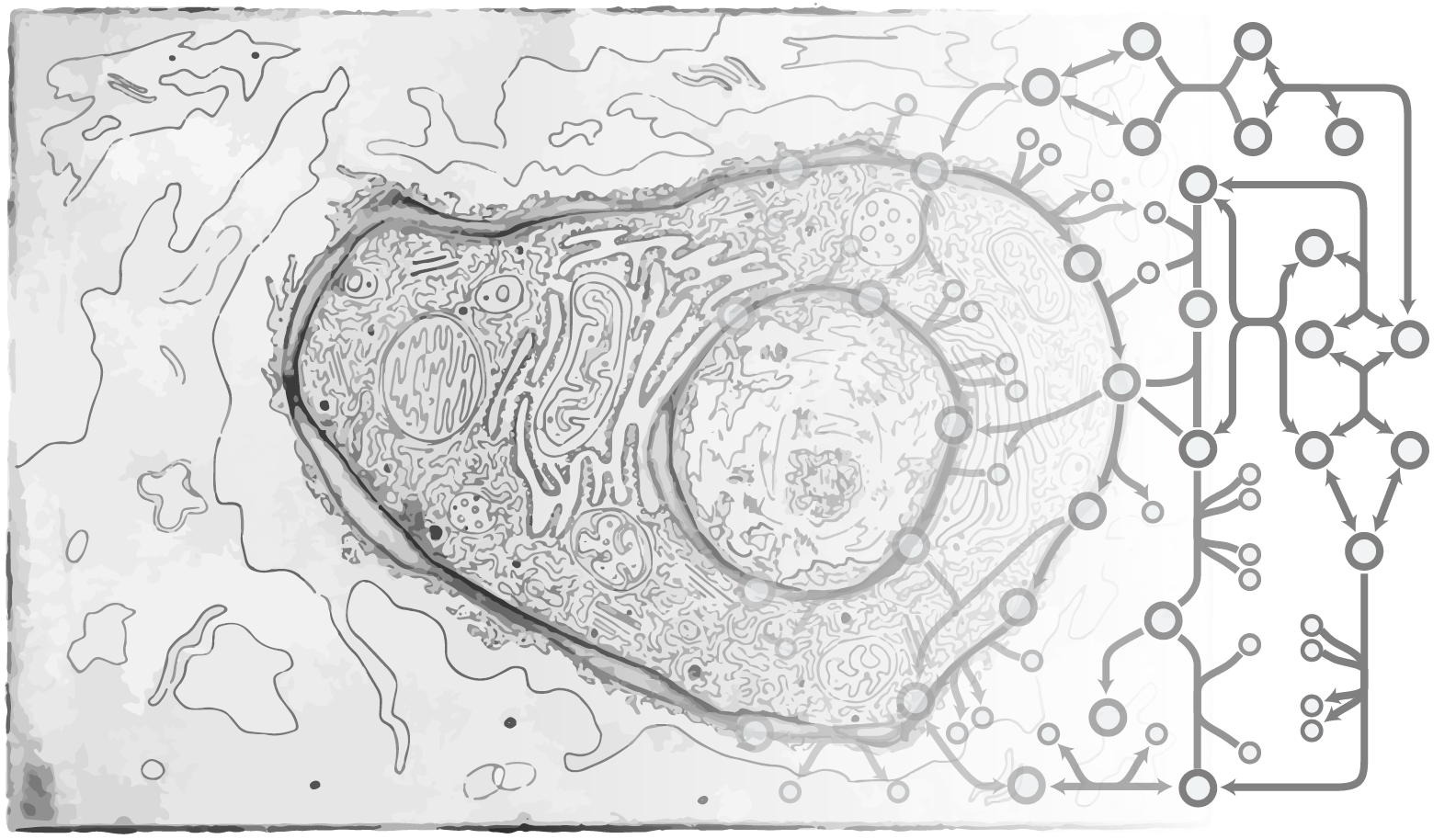Chinese Hamster Ovary (CHO) cells have been widely used to produce numerous therapeutic proteins due to their capacity to perform the appropriate post-translational modifications, which are often critical drug quality attributes. To date, most improvements in protein production have been achieved by random mutagenesis of cell lines and empirical process optimization (Richelle and Lewis, 2017). However, the recent efforts to sequence the Chinese hamster genome have enabled our lab and collaborators to comprehensively map out of the genetic basis and the cellular pathways of CHO cells (Lewis et al., 2013). From these efforts, we have reconstructed a genome-scale model of CHO metabolism providing insights into the pathways associated to protein production (Hefzi et al., 2016). Furthermore, advances in genome-scale modelling now provides a toolbox for the use of modelling techniques for data analysis, thus potentially guiding efforts to optimize cell culture bioprocesses and guide cell line engineering to enhance protein production.
Systems Biology and Cell Engineering
Lewis Lab at the University of Georgia and UCSD
325 Riverbend Rd,
CMM
Athens, GA, 30602
CMM
Athens, GA, 30602
